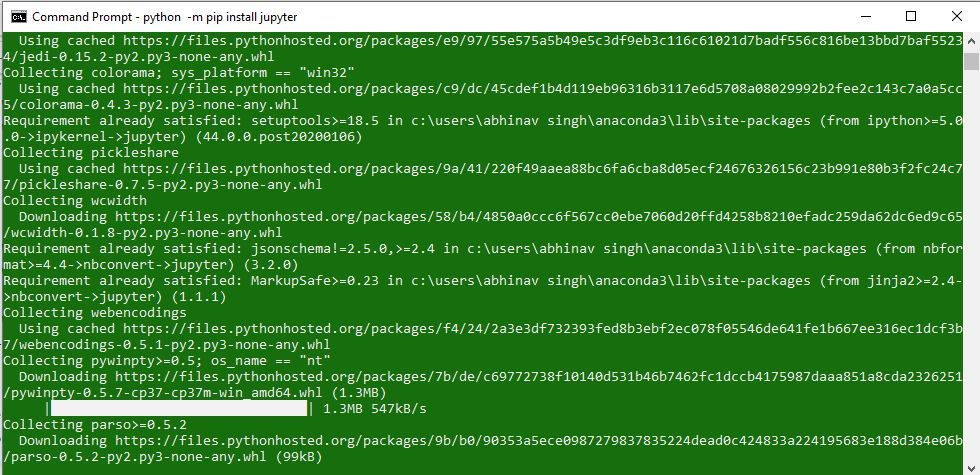

In the example above, the samples have been downloaded and extracted into c:\code directory. If you are running a sample notebook for the API, you need to 'cd' into the directory where you downloaded the samples. For more information on the benefits of using environments and how to create and manage them, refer to this official documentation page. If you installed the ArcGIS API for Python in a conda environment other than root (which is the default), you need to activate that environment before starting the Jupyter Notebook. Below is a screen shot of how it would appear if you were running the command from Windows command prompt. Similarly if you are running a Mac or Linux OS, this could be your terminal. If you are running a Windows OS, this could be your command prompt or PowerShell window. Once conda and the ArcGIS API for Python is installed, you can start the Jupyter Notebook environment by typing the following command in your terminal. Starting the Jupyter Notebook environment Refer to the official Jupyter documentation and this quick start guide for further details. This section provides a quick introduction to the Jupyter Notebook environment where you can run Python code in an interactive manner and visualize the output as maps and charts.


 0 kommentar(er)
0 kommentar(er)
